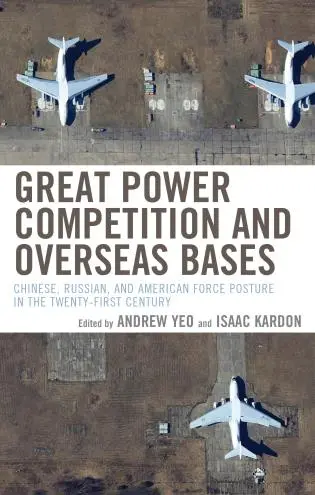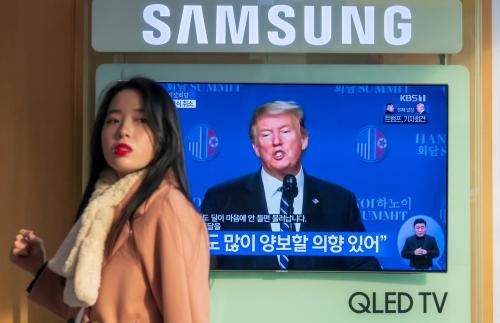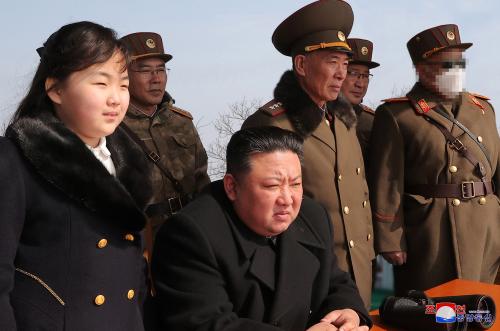“The Bushies finally got it!”
That was the reaction of Korea watchers like us who have argued for years that the nuclear issue could only be definitively solved in the larger framework of a settlement of the Korean War. “More for more,” some said. “Enlarge the problem,” was the way we put it.
Now the U.S. administration has adopted this approach and it finds itself under fire from left and right. Naturally, we believe this approach should have been taken earlier, even in the last Democratic administration. But it is not correct to say that there is nothing new in it.
The agreement reached in Beijing on Tuesday by the six powers involved in the resolution of the North Korean nuclear issue could mark the first step towards a new era in Northeast Asia, a region where Cold War structures still remain.
First, the agreement is a compromise accepted by all six players in northeast Asia, including North Korea. This is a major change compared with the Agreed Framework of 1994 between the United States and North Korea. It is a clear move from traditional bilateral to multilateral diplomacy in the region.
Second, the nuclear issue was handled in parallel — not sequentially as in the past — with other relevant sectors: the normalization of relations of the United States and Japan with North Korea and four-party talks to end the Korean War with a peace treaty. This is crucial in fitting all these moving parts into a balanced package deal.
Third, the Beijing agreement calls for creating a multilateral process of security and cooperation in Northeast Asia, one of the few regions of the world that lacks one. That’s important for the region as a whole, where there have been disturbing signs of a revival of old animosities.
Fourth, establishing working groups is a major step forward. This commits the six nations to concrete formulation of specific action plans. The work in all the five working groups are naturally interlinked, but, as it is said in the agreement, progress in one working group shall not affect progress in other working groups. Plans made by the five working groups will be implemented as a whole in a coordinated manner.
Economic cooperation now has an important role. The Beijing agreement may reflect positively, more or less immediately, on inter-Korean relations. The joint-Korean experiment of the Gaesong industrial park in North Korea may now continue. North Korea may drop its objections to the test runs of the completed railway corridors across the demilitarized zone between the two Korean states.
If North Korea implements the denuclearization program as provided by the Beijing agreement this certainly will have a positive effect on future economic cooperation with its big neighbors China and Russia, both willing to support the economic recovery of a nuclear-free North Korea.
Normalization of the relations between Japan and North Korea would open new prospects for the recovery of North Korean economy. In the long run it is a realistic option that a “Eurasian Land Bridge” could be opened from Japan via the Korean peninsula up to Europe, also by utilizing the new “Iron Silk Road.”
Europe does not have any concrete role in the ongoing process in Northeast Asia. But it can support the process as one of the major economic players in the region. Let us keep in mind that the European Union and Northeast Asia both share a frontier with the growing economy of Russia.
Will this new approach succeed? Critics are already sniping at it, North Korea can be counted on to be difficult, Japan is not happy that the abductee issue has not been resolved, and the issues themselves are daunting. So no one should expect miracles.
But this approach deserves support. It is perhaps the last best hope for averting catastrophe, both in Northeast Asia and in the Middle East. Let’s not forget that what happens now in Northeast Asia will have an impact on Iran, as well.



Commentary
Don’t Expect Miracles in North Korea Deal
February 20, 2007